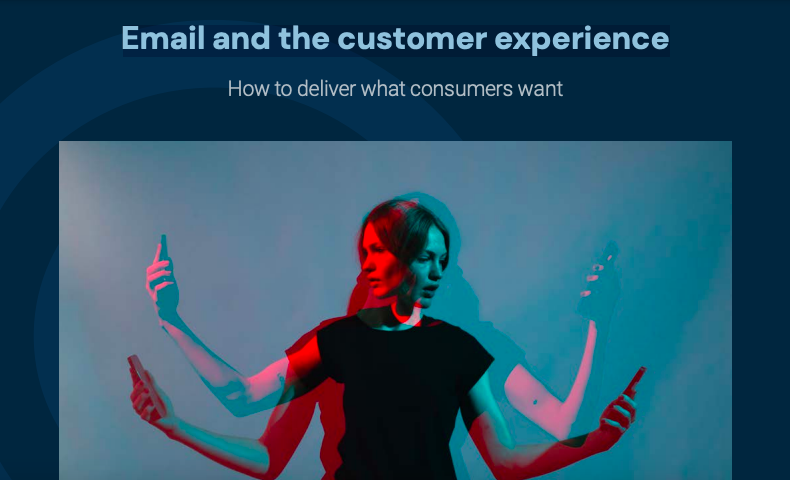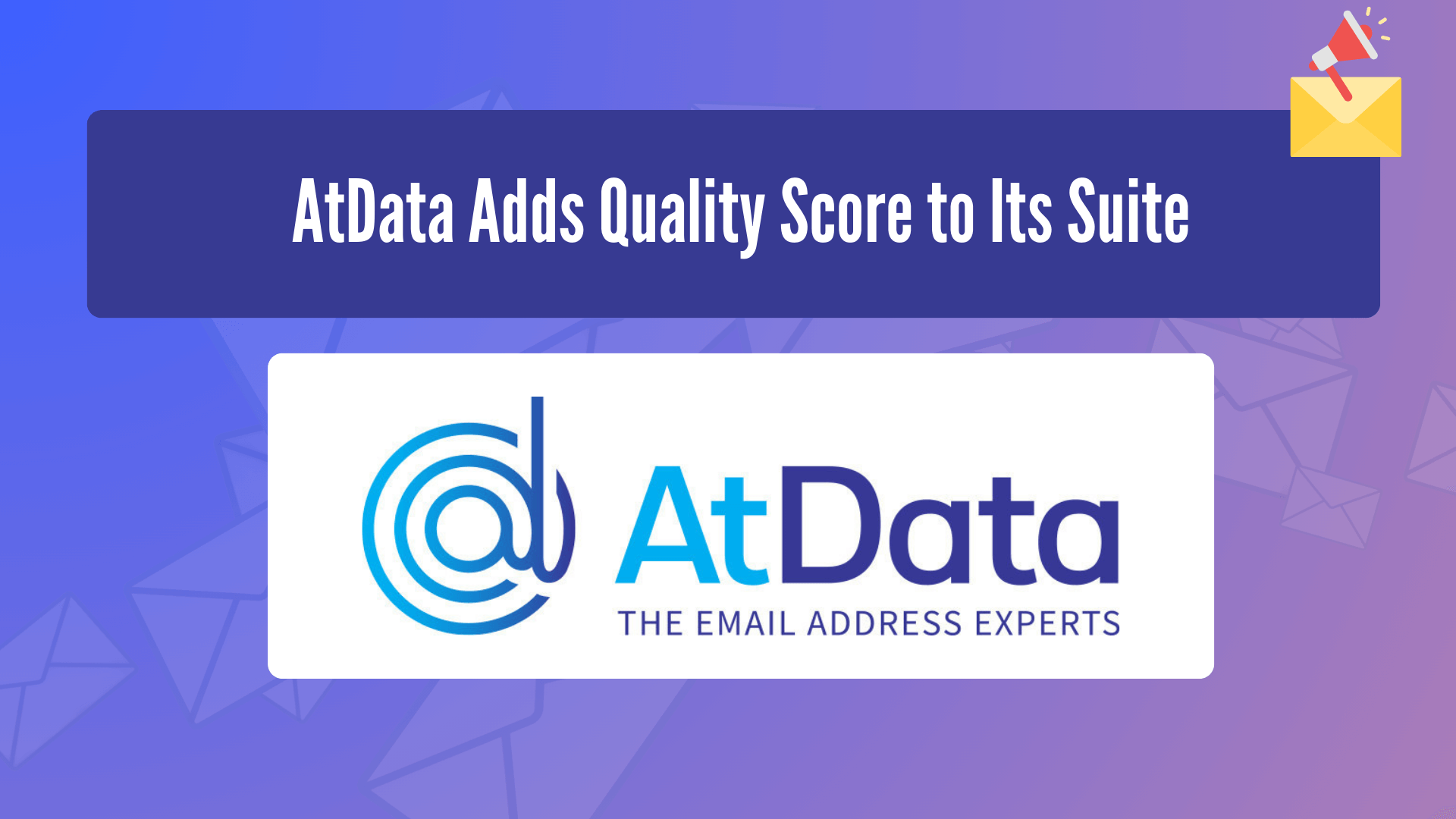The preference center is a highly intriguing, untapped resource for Email Marketers and could be used in a variety of ways. It has the potential to establish critical ground rules with both newfound and dormant subscribers. When subscribers are awarded mission control to continuously manage their preferences, the amount of information that marketers can glean is truly unlimited. During last week’s Email Insider Summit, Greg Cangialosi spoke about a “master preference center” which, in essence, puts the subscriber in complete control of different online messaging streams. Additionally, subscribers would be able to divulge their social media and mobile credentials within the preference center. By adding social media and mobile to the preference center, users garner an added benefit: they can proactively engage with your subscribers within the “online” marketing channel they prefer. As Jeannie Mullen points out in her recent Web 3.0 column, subscribers now receive emails through a plethora of online channels. Optimizing the preference center will make for a more satisfying subscriber experience.
Balanced Online Messaging
When it comes to email, we understand the basics. How often do you, the user, wish to receive emails? What email format do you prefer? However, to get to the next level of online messaging, we need to move beyond basic queries and product of interest questions. The key to reaching the next level lies in adhering to your subscribers’ wishes and preserving a “balance of online messaging.” To achieve the goal of balanced messaging, give subscribers social media and mobile preferences as well. For example, subscribers may prefer to utilize Twitter for customer service inquiries, while other subscribers may choose to receive more “entertaining” messaging via Facebook. I envision a preference center design, where subscribers can populate a matrix of radio buttons or checkboxes and choose the type of messaging and preferred online channel. Tweetdeck’s latest version is a good example, where the “notifications” tab allows clients to choose the level of detail on each type of message stream. Perhaps in the future, we’ll see more formal messaging dispatched through email instead, which underscores why the vision of a master preference center is so significant. We’ve learned that subscribers engage with brands through various different online and mobile channels. Engaging them through their preferred method will pique their interest and ultimately entice them to orbit your brand successfully.
Mini Surveys in the Preference Center
If we continue to explore the potential of a well-structured preference center, we will discover a way that marketers can induce a higher level of participation, intimacy and engagement. To do this, marketers can devise a “mini survey” (just one or two questions) that updates regularly with relevant and timely questions. The survey would be integrated into preference center itself. By adding a mini survey to poll your subscribers, you’ll increase the attributes for a given record in a database, and thereby allow future messaging that is more detailed relevant to your subscribers’ needs and interests. We learned last week that FedEx has 144 attributes associated with each subscriber. FedEx utilizes this wealth of information to tailor their marketing to the needs of individual subscribers, which will increase intimacy and engagement.
When your subscribers develop their profiles via the “mini survey,” they become “active” subscribers. In doing so, they give you permission to ameliorate their experience with you even more. By asking leading questions that will result in a more profound relationship, you will allow your subscribers to modify their behavior and attain a greater degree of engagement with your brand. Leading questions can invoke a higher level of brand awareness, and the use of time sensitive questions will enable you to increase that level of engagement with your brand sooner rather than later. For instance, pose questions such as, “How likely are you to purchase from us the holiday season?” Or, something along the lines of “Do you anticipate making a purchase from use within the next 90 days?” (Make sure to phrase questions in a sensitive manner, so that they will not alienate your subscribers!) Questions like these effectively create a sense of urgency and may give you greater insight as to what types of promotions you can successfully “initiate” with each active subscriber.
Detailed Information: A Prerequisite for Customized, Detailed Messaging
Now, if a newly active subscriber has been dormant since immediately after answering your leading questions, you should take steps to re-engage that subscriber. When this situation arises, you have a valid excuse to send a re-engaging or “reminder” email with a single survey question that will lead the subscriber to a preference center landing page, without necessarily prompting a smattering of complaints. A strategy you might consider is utilizing the preference center as the landing page of choice when formulating re-engagement campaigns. In that case, installing follow up questions there can help you in your mission to engage subscribers. Using these methods should significantly reduce your spam complaints in the event that the subscriber chooses to end your relationship.
Inevitably, preference centers will get more sophisticated over time, and as Morgan Stewart of ExactTarget quoted Amazon’s chief scientist, who opined, “The future of marketing is based on how we enhance the digital experience of a subscriber and provide more detailed messaging by asking the subscriber for more detailed information.” You may wonder, “How can I ask my subscribers for more detailed information without seeming intrusive and drawing spam complaints?” If that is your question, preference centers hold the key to a successful mission with your subscribers.
Photo Credit: Jason Wesley Upton







